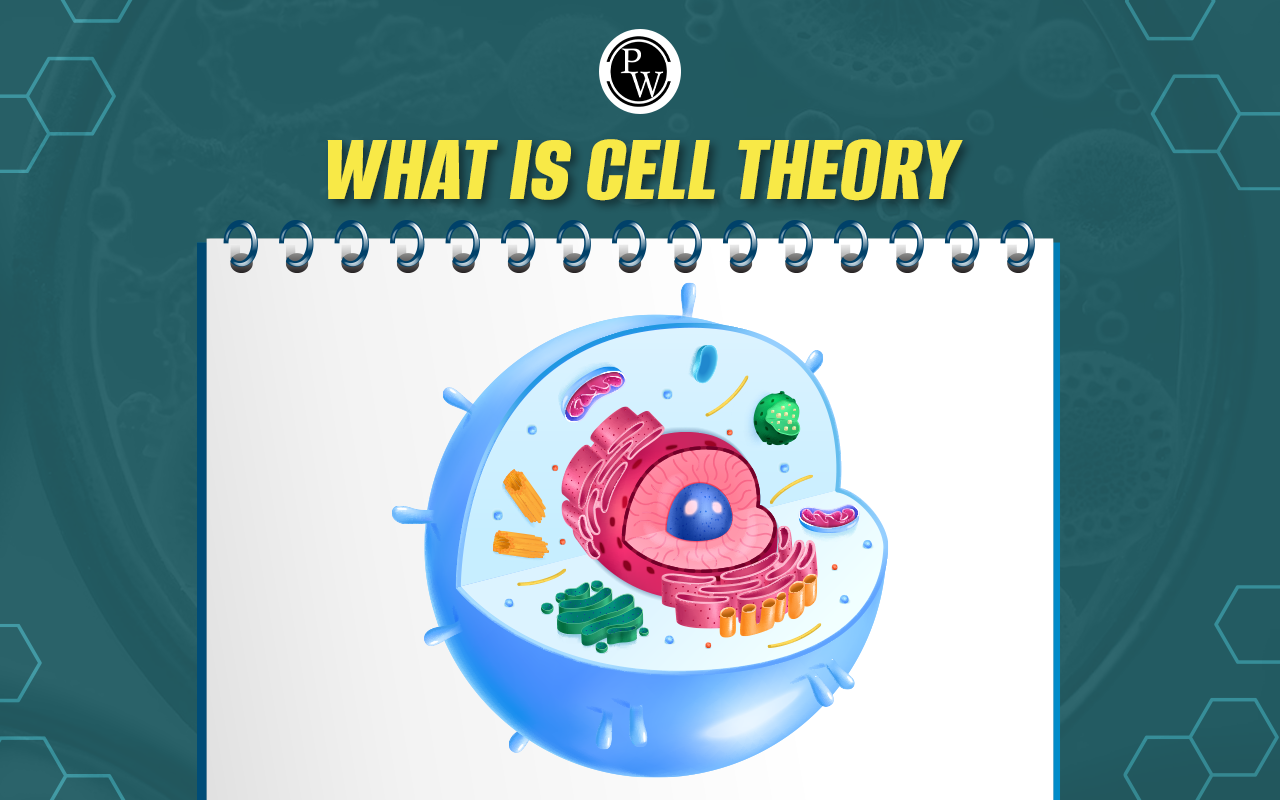
Difference Between Chemical and Physical Properties : Chemical and physical properties are two ways of describing the characteristics of matter. Everything that has mass and takes up space is considered matter..
Chemical properties describe how a substance reacts with other substances to form new substances with different properties. For example, flammability, acidity, and reactivity are chemical properties. To observe a chemical property, we need to perform a chemical reaction that changes the identity of the substance. A substance's physical characteristics define how it feels, appears, and acts without affecting its identity. For example, color, density, melting point, and solubility are physical properties. To observe a physical property, we do not need to perform a chemical reaction. Both chemical and physical properties are important for studying matter and its changes. They are also part of the NEET syllabus, which covers topics such as atomic structure, chemical bonding, states of matter, thermodynamics, equilibrium, and more. Understanding the difference between chemical and physical properties will help you master these topics and ace the NEET exam.Difference Between Chemical and Physical Properties
Chemical and physical properties are based on the internal structure and composition of matter. Matter is made up of atoms, molecules, or ions that are arranged in different ways. The way these particles interact with each other and with external factors determines the chemical and physical properties of matter. Chemical properties depend on the type and number of bonds that the particles form with each other. Chemical bonds are the forces that hold the particles together and determine how they react with other particles. When a chemical reaction occurs, the bonds are broken or formed, resulting in new substances with different chemical properties. Physical properties depend on the shape, size, and state of the particles and how they move. Physical changes are the changes that affect the physical properties of matter without altering its chemical composition. When a physical change occurs, the particles change their position, orientation, or phase, but not their identity.Difference Between Chemical and Physical Properties Overview
Chemical and physical properties are two different ways of describing matter and its changes. They are based on the internal structure and composition of matter and how it interacts with other substances or factors. In the table below, you can find a brief overview of the difference between chemical and physical properties.
|
Difference Between Chemical and Physical Properties |
||
| Parameters | Chemical Properties | Physical Properties |
| Definition | Characteristics observed during a chemical reaction or change in composition | Observable traits without altering chemical composition |
| Examples | Reactivity, flammability, toxicity, acidity, and basicity | Color, density, melting point, boiling point, solubility |
| Changes during reactions | Undergoes changes, forming new substances | Remains unchanged, no formation of new substances |
| Indicators | Influences chemical reactions, involves bond breaking and forming | Independent of chemical reactions, involves no bond-breaking or forming |
| Measurement methods | May involve chemical tests, such as pH testing, flame tests | Measured using standard tools and instruments, e.g., thermometer, balance |
| Reversibility | Irreversible changes, often associated with energy changes | Reversible changes, typically without significant energy changes |
| Influence on Identity | Influences the identity of the substance | Does not change the identity of the substance |
| Examples of substances | Rusting of iron, combustion of fuel, digestion of food | Color of an object, density of a material, state of matter (solid, liquid, gas) |
What are Chemical properties?
Chemical properties are those that relate to how a substance reacts with other substances or changes its identity. For example, flammability, acidity, and oxidation are chemical properties. A substance with high flammability can easily catch fire when exposed to a flame. A substance with high acidity can donate protons to a base in a chemical reaction. A substance that undergoes oxidation can lose electrons to another substance.
What are Physical properties?
The characteristics that are measurable or observable without affecting the substance's identity are known as its physical properties. For example, color, shape, size, density, melting point, and boiling point are physical properties. A substance with a red color reflects red light and absorbs other colors. A substance with a spherical shape has the same distance from its center to any point on its surface. Comparing substances with different densities, a high-density substance has more mass per unit volume. Are you dreaming of becoming a doctor? Do you want to crack NEET with confidence and ease? Then join PW NEET online coaching , the best and most affordable online coaching for NEET aspirants. Learn from the best faculty, get access to quality study materials, and achieve your goals with PW NEET Online Coaching.
Difference Between Chemical and Physical Properties FAQs
What are the 7 properties of matter?
What is chemical property class 10?
What is physical properties class 9?
What is the difference between a physical property and a chemical property?
Is color a physical or chemical?










